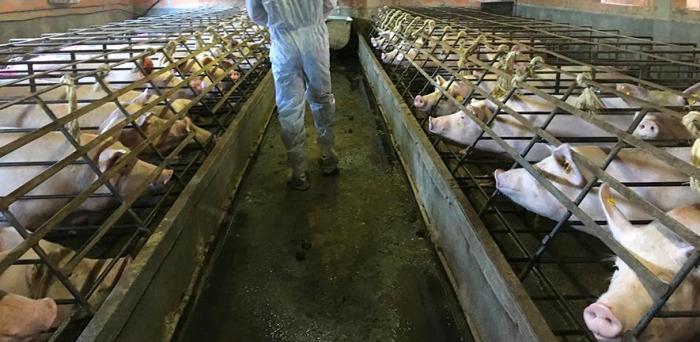The authors of the new report argue that well-meaning but simplistic actions such as complete bans on hunting and wildlife trade, ‘wet markets’ or consumption of wild animals may be unachievable and are not enough to prevent another pandemic. Measures like these can be difficult to implement so must be carefully planned to prevent proliferation of illegal trade, or alienation and increasing hardship for local communities across the world who depend on wild animals as food.
Zoonotic diseases of epidemic potential can also transmit from farmed wildlife (such as civets) and domesticated animals (as exemplified by swine flu and avian flu), with greater risks occurring where humans, livestock and wildlife closely interact.
Compiled by a team of 25 international experts, the study considered all major ways that diseases with high potential for human to human transmission can jump from animals to humans (termed zoonotic diseases). The authors say that dealing with such a complicated mix of potential sources of infection requires widespread changes to the ways humans and animals interact.
“A lot of recent campaigns have focused on banning the trade of wild animals, and dealing with wild animal trade is really important yet it’s only one of many potential routes of infection. We should not assume the next pandemic will arise in the same way as COVID-19; we need to be acting on a wider scale to reduce the risk,” said Professor William Sutherland in the University of Cambridge’s Department of Zoology and the BioRISC Research Initiative at St Catharine’s College, Cambridge, who headed the research.
Potential ways another human pandemic could arise include: wildlife farming, transport, trade and consumption; international or long distance trade of livestock; international trade of exotic animals for pets; increased human encroachment into wildlife habitats; antimicrobial resistance - especially in relation to intensive farming and pollution; and bioterrorism.
Some of the ways to reduce the risk of another pandemic are relatively simple, such as encouraging smallholder farmers to keep chickens or ducks away from people. Others, like improving biosecurity and introducing adequate veterinary and hygiene standards for farmed animals across the world, would require significant financial investment on a global scale.
Image: Pig farm.
Credit Harriet Bartlett
Reproduced courtesy of the University of Cambridge
